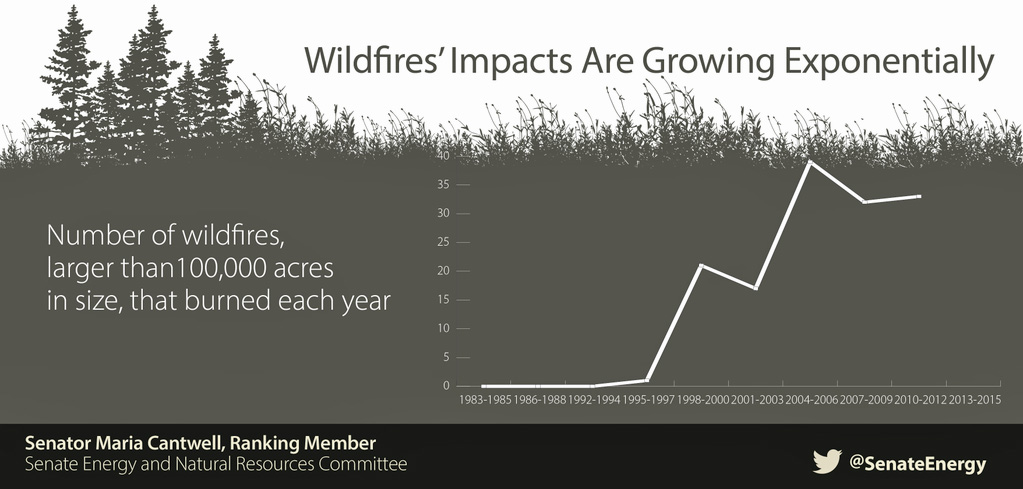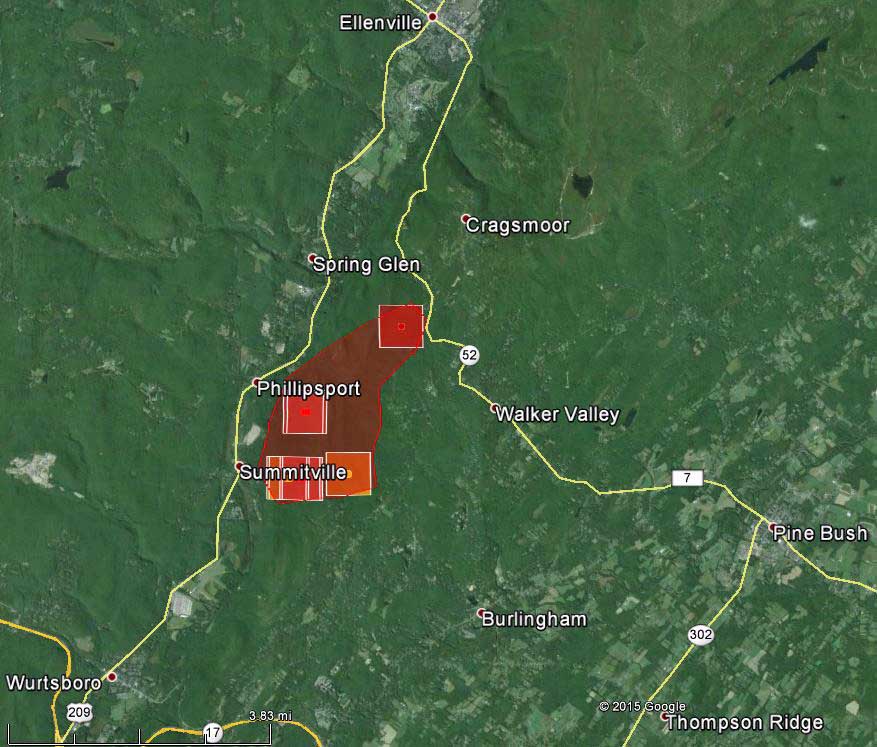Catherine J. Hibbard is a public affairs specialist with the U.S. Fish and Wildlife Service at the Northeast Regional Office. She is the lead public information officer for the Southern Area Red Team, an incident management team that responds to the most complex incidents such as wildfires and hurricanes. This article about the March 30 helicopter crash in Mississippi first appeared on the USFWS blog.
I know when the call comes, it will be bad, but I never know how bad. On March 30, it was the worst. A helicopter working a controlled burn on the De Soto National Forest in Mississippi had crashed, killing pilot Brandon Ricks and front seat passenger Steve Cobb and seriously injuring backseat passenger Brendan Mullen.

On the morning of March 31, I drove out of a driveway still banked with snow. It was 38 degrees. The daughter of a long line of crusty Yankees, even I had had enough of the Massachusetts winter.
I landed in Mobile, Alabama, and realized that I had been catapulted into spring. With my U.S. Fish and Wildlife Service raincoat, fleece jacket and long-sleeved uniform shirt, I was overdressed.
A somber assignment loomed, but life was bursting everywhere in spectral light: pink azaleas and green, green and more green. The smell of freshly cut grass brought me back to when I was a girl watching my father mow the lawn.
My teammates trickled into the command post. Some of them had known Steve Cobb, a local Forest Service employee. “I can’t tell you how many hours I’ve spent in that passenger seat,” at least four of them said.
I saw Art Canterbury, a fellow Northeast Region employee. “This is the first assignment I’ll be away from my family for Easter,” said Art. “Usually I’d stay home, but this is different.”

Our job was to provide support to the co-workers and family of Steve Cobb so they could mourn their loss. We helped provide logistical support for visitation and funeral services. Brandon Ricks was from Oklahoma, so his body was sent home to his family.
Visitation was on Good Friday. I and other information officers were strategically stationed to guide any media who showed up. A cold front was moving in, but the afternoon sun spurted through clouds to cast a warm glow on a steady stream of mourners.
“Can I park here?” asked an older man in a grey pickup truck with cut brush in the bed. He wore a loud, pinstriped suit that was two sizes too big. “Steve was a good man, a good man,” he said. “I’m sorry you lost a friend,” I replied.
“I lost my wife two years ago. I miss her. I‘d like to hang out with someone else, but you know, I like my own space! You look nice. Who do you work for?” “The U.S. Fish and Wildlife Service.” “Oh, that’s a good job, a good job. You keep that job! I still cry for my wife. Yes, Steve was a good man. . .”
Another pickup truck pulled up. A young man got out and asked where he could bring some baby “possums.” He must have seen the patch on my uniform. “I don’t want them to die,” he said. He opened the lid on a box in the pickup bed to expose about a dozen young opossums nestled inside. My heart sank as I looked at the helpless creatures, somehow separated from their mother by no choice of their own.
The next morning a curtain of morning rain clouds lifted to a glorious spring day. I stood outside the church with a reporter who recorded the funeral service taking place inside, but broadcast through speakers to the church steps outside. Steve’s supervisor eulogized him: “35,000 Forest Service employees mourn today . . .”
“. . .and many more from the wildland firefighting community,” I thought. I closed my eyes to let the sun warm my face. The air smelled of drying mud. A cardinal and a jay sang. I opened my eyes and saw a bird fly up to a nest in the arch above the church stairs.

After the funeral, a reporter interviewed one of Steve’s friends, a fellow Forest Service employee. “That could have been any of us up there,” he said. The reporter asked him if he wanted to say anything more. “I loved him. I’ll miss him.” My eyes welled up with tears. I knew that this heartfelt statement was the gem that every reporter hopes for. But the reporter’s camera had failed. He asked if they could do the interview again.
Steve’s friend graciously agreed. I kicked the dirt knowing that the reporter could never get that statement back again. One moment he had great footage and the next it was gone.
During this Public Service Recognition week, I think of Steve and Brandon who gave their lives in public service while doing jobs they loved. And of Brendan Mullen who courageously tried to save his colleagues despite being critically injured himself. He faces a long road to recovery.
I think of how vulnerable we are, how things can change in a minute and the fine line between life and death. I think how lucky I am to work at a job I love (to the man in the pinstriped suit: “Yes, I’ll keep this job!”)
And finally, I think of how proud I am to be a public servant for an agency that supports helping others in their time of need. Because at some point, we all need a rejuvenating spring after a long, hard winter.






